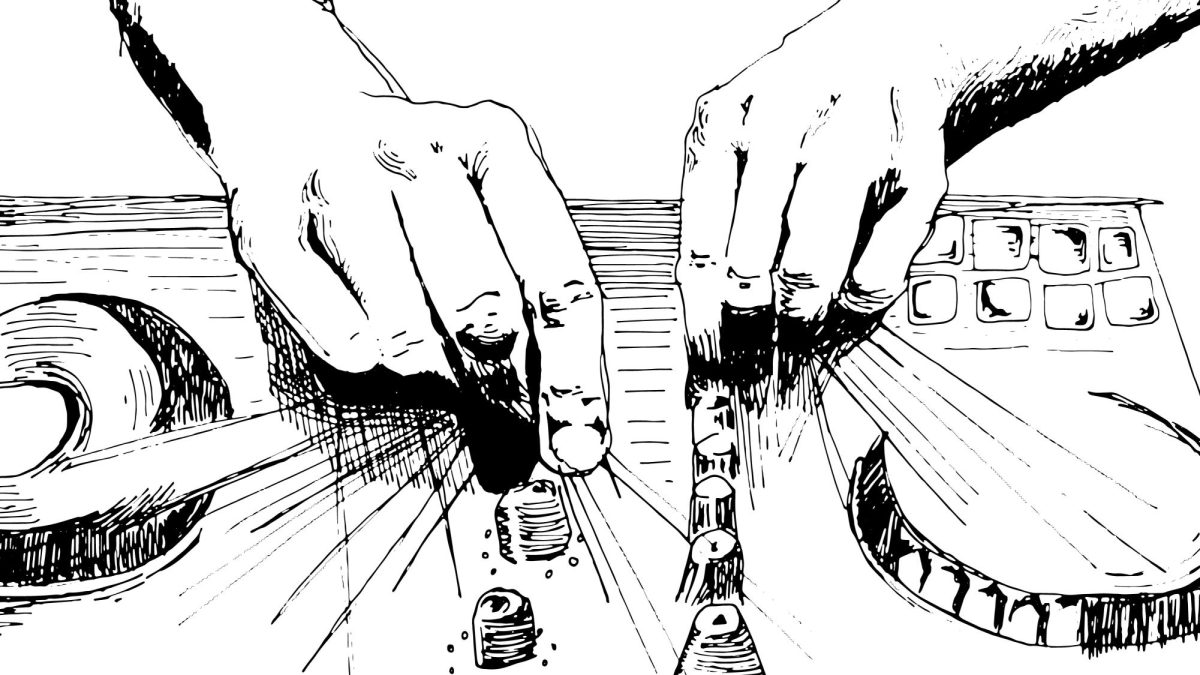The Clark Art Institute’s mission statement boasts that it is one of the only institutions in the world to serve as both “an art museum and a distinguished center for research and higher education, dedicated to advancing and extending the public understanding of art.” Though, as one of its graduate students, I am proud to be part of a community with a “commitment to the generation of ideas,” recent programming at the Clark—specifically the exhibition Travels on Paper—fails to adequately consider who “the public” consists of and what it means to commit to generating ideas.
Art museums, so the typical history has it, first began taking shape during the 17th century, as the craze for the wunderkammer swept the continent. These collections packed paintings next to polar bears, sculptures next to seashells and formed the precursor to the modern-day encyclopedic art museum. Often referred to as “microcosms of the world” due to their attempts to gather precious objects from multiple cultures, art historian Andrew McClellan points out that these displays actually excluded the vast majority of the world, selecting instead only those things deemed most valuable, rare or impressive.[1] This provided clear passage for future institutions to collect only “masterpieces,” or those objects determined to be works of art worthy of public aesthetic appreciation, i.e. the canon.
In addition to including only a small sliver of potential works in their collections, museums only considered the opinion of a small sliver of the population when determining which works to display. This imbalance persists today. Though presented as objective fact, the majority of curatorial work in the United States, as demonstrated by a 2015 study done by the Mellon Foundation, is done by white women.[2] The Clark is no exception.
There is no objective determination whether or not an object is worthy of aesthetic appreciation. In addition to maintaining a layer of personal subjectivity, the question of artistic value changes rapidly throughout time, across space and between cultures. Furthermore, to ignore the overwhelmingly white and historically male status of the individuals who have made and are still making these decisions contributes to the harmful way in which museums have positioned themselves as objective disseminators of knowledge. Failing to call attention to the identity of the art historians behind museum texts may seem like it helps visitors focus on the art in front of them, but it actually obscures the dynamics that bring each and every exhibition into being.
Best known for amassing Impressionist paintings, Robert Sterling Clark began collecting with scientific specimens—and taking photographs—when in 1908 he embarked on an expedition to what an unnamed author on the Clark’s website described as “largely uncharted territory” in northern China.[3] Photographs from that very expedition, however, reveal that the areas Clark traveled to were at least populated, if not “charted” by local inhabitants, as most of what is today China has been for thousands of years. This type of language perpetuates a colonialist, racist presumption that before white people arrived, land everywhere was unoccupied, and therefore open for settlement.
Omitting the story of Clark, a white man photographing a place he traveled to and the non-white people he encountered there demonstrates, one of the many missed opportunities presented by Travels on Paper. The Clark could have chosen to explain its own history by incorporating information on the inception of the collection into the exhibition.
Instead, Travels on Paper refuses to address the racist and colonialist themes apparent in the works on paper on view. The exhibition uses the term “colonialism” just once and does not unpack the term or the problematic dynamic created through the dissemination of these images: Travels on Paper insists on the increased popularity of “armchair travel” without recognizing the consumption of cultures and bodies inherent to the activity. Rather than pointing out the problematic nature of white, male photographers selling images of black and brown bodies—as in Hippolyte Arnoux’s Fellah Woman—the exhibition obliquely alludes to the potential for these image makers to misrepresent the cultures they claimed to document. Even travel itself, especially during the period these images were made, cannot be extricated from political histories. However, Travels on Paper discusses journeys made to places like Italy, India and Mexico and as if making those trips were devoid of structural complexities.
The show offers a vague acknowledgement of the “variable mixture of observed detail and pure invention” used by image makers to allow their audiences to “encounter… unfamiliar lands.” [4] Travels on Paper also refuses to refer to race, either of the image makers or of those portrayed. This is an unacceptable position for a 21st century museum to take. When we, as curators, allow viewers to assume the institution is objective while displaying objects created in order to objectify non-white, non-western cultures, we do not simply uphold the violent infrastructures of the museum, we further them. Travels on Paper is a prime example. The show’s primary thesis, that travel and image making go hand-in-hand, reduces the racializing effects of these problematic objects to unfortunate side-effects.
Additionally, the way colonialism and race are (not) treated in Travels on Paper assumes visitors will identify with the white, male artists with the means to travel, not with the non-white, often working-class people they portray. The exhibition refers to the people and places as “new,” “unfamiliar” and “exoticized” without considering the way this type of language—and image—might impact someone who identifies as someone from the Samoan Islands or as an Egyptian woman. Though it retains a white majority, Williams College has a diverse student body, most of whom live within a 20-minute walk from the Clark. If the institution takes its own mission to encourage public appreciation of art and to advance higher education seriously, we must consider members of our own community. At its core, Travels on Paper represents a missed opportunity to publicly reckon with the problematic history of the objects it displays.
If we believe these objects are worth additional
study, we must do so with radical empathy towards those depicted by them.[5] The
only responsible way for us to continue to practice art history is to
acknowledge the subject position of artists and to be transparent about our own
identities and biases and those of the institutions we work for.
[1] Andrew McClellan, The Art Museum from Boullée to Bilbao (Berkeley, Calif: University of California Press, 2008), 111.
[2] Mariët Westermann, Liam Sweeney, and Roger Schonfeld, “Art Museum Staff Demographic Survey 2018” (The Andrew W. Mellon Foundation, January 28, 2019), https://doi.org/10.18665/sr.310935.
[3] “Through Shen-Kan | Sterling and Francine Clark Art Institute,” accessed December 1, 2019, http://www.clarkart.edu/exhibitions/through-shen-kan/content/exhibition.cfm.
[4] Travels on Paper introductory panel.
[5] I would like to acknowledge Tatiana D. McInnis for introducing me to the term “radical empathy.”







